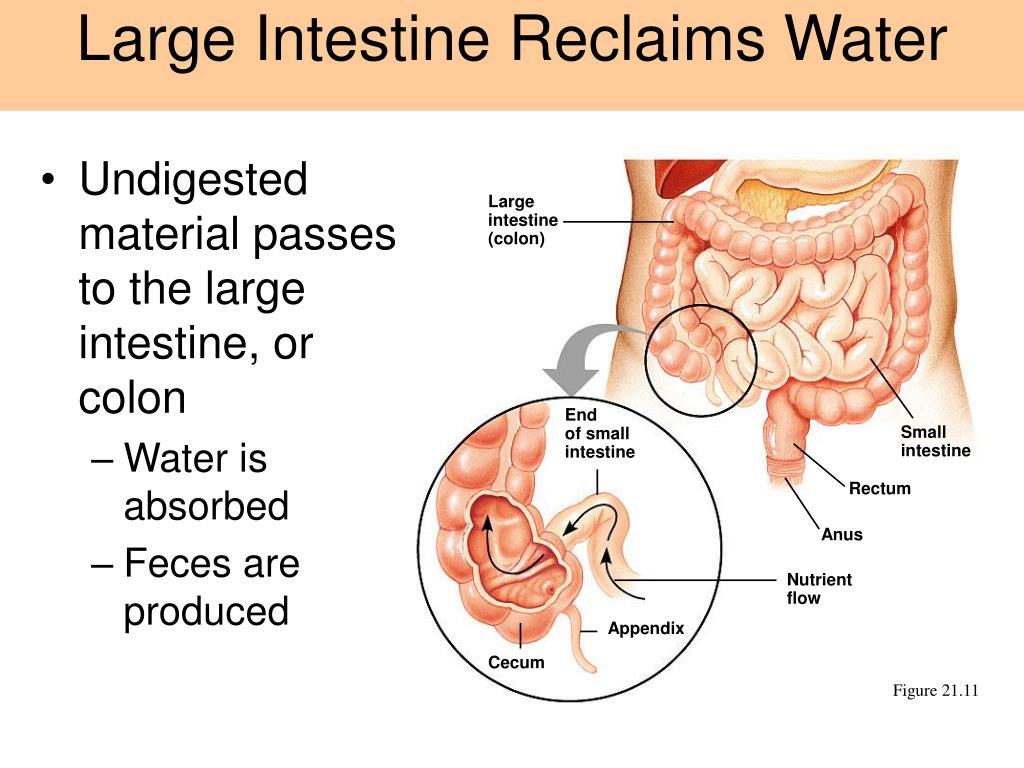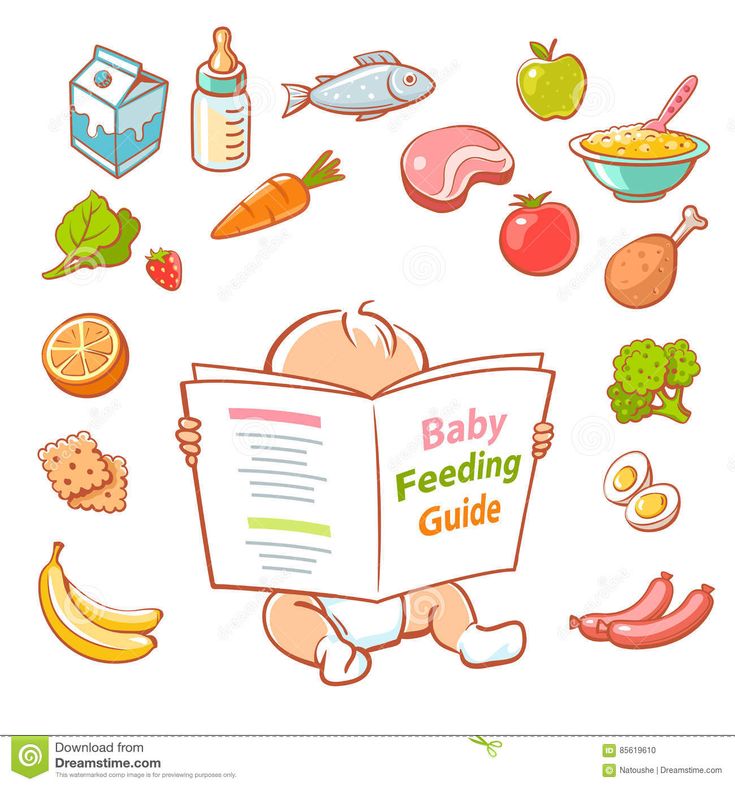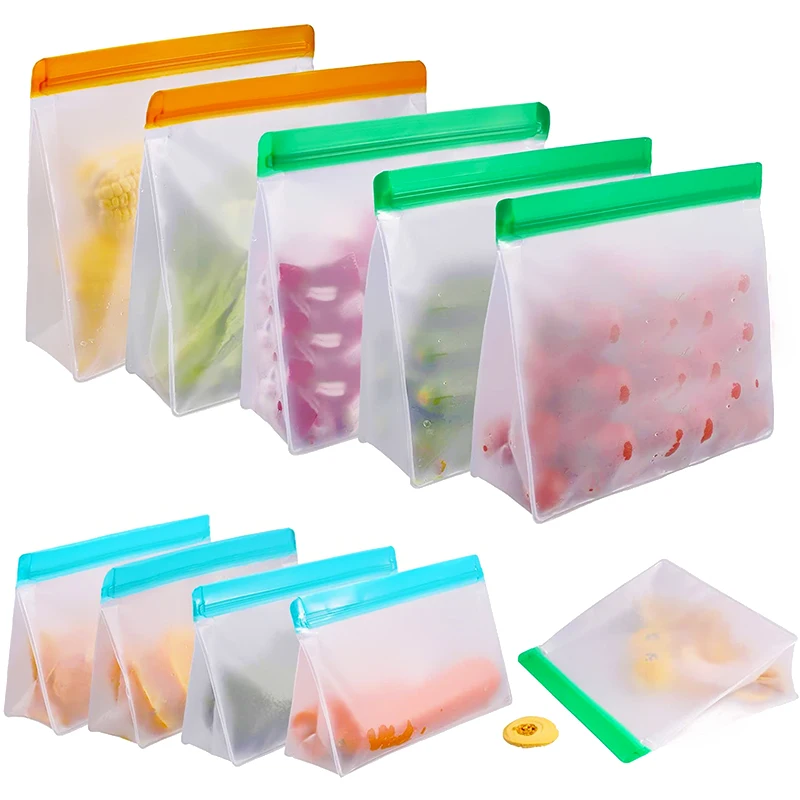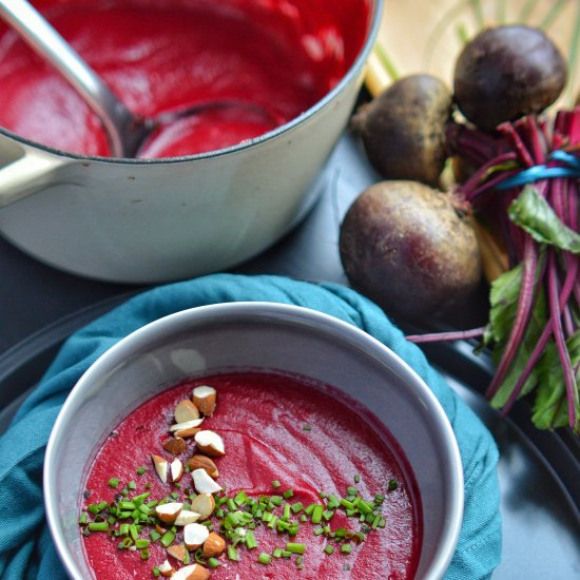Baby passing undigested food
Are Chunks of Food in Baby Poop Normal? (Bananas, Carrots, and More)
A baby’s poop can tell you a lot about their development and overall health but if you happen to notice some chunks of food in your baby’s poop, is there a problem?
It is completely normal to find chunks of food in your baby’s poop if she is less than one year old because her digestive system has not fully matured and she likely does not chew her food into small enough pieces before swallowing. As your baby grows and becomes more comfortable eating solid foods her poop should return to normal consistency.
Keep reading to learn why some food might be more difficult for your baby to digest, and when to check in with a doctor if you’re worried about your little one’s digestive system.
Table of Contents
Is it normal to have chunks of food in baby poop?
Before having a baby, you probably steered well clear of poop. But now you know that a baby’s full diaper can actually tell you a lot about your little one’s overall health.
It’s pretty normal for your baby’s poop to contain small chunks of food. Especially if your baby has just started on solids or finger-foods, it can take a while for their digestive system to adjust. Pay attention to the factors we list below and if you continue to notice undigested food, a pediatrician can screen your baby for potential digestive issues.
Even though it might be startling to open your baby’s diaper and see chunks of food, rest assured that it’s a pretty normal experience!
As your baby hits the 6-month mark and starts eating solid foods, it’s important to remember that he or she is still learning how to eat. Eating is a complicated bodily process, and a baby’s digestive system has a lot to learn over the first year or so of their life. Even if your kiddo’s digestive tract is completely matured, they’re probably still missing out on some crucial, food-eating hardware: teeth.
Don’t forget that there are many variables when it comes to your baby’s digestion of solid foods.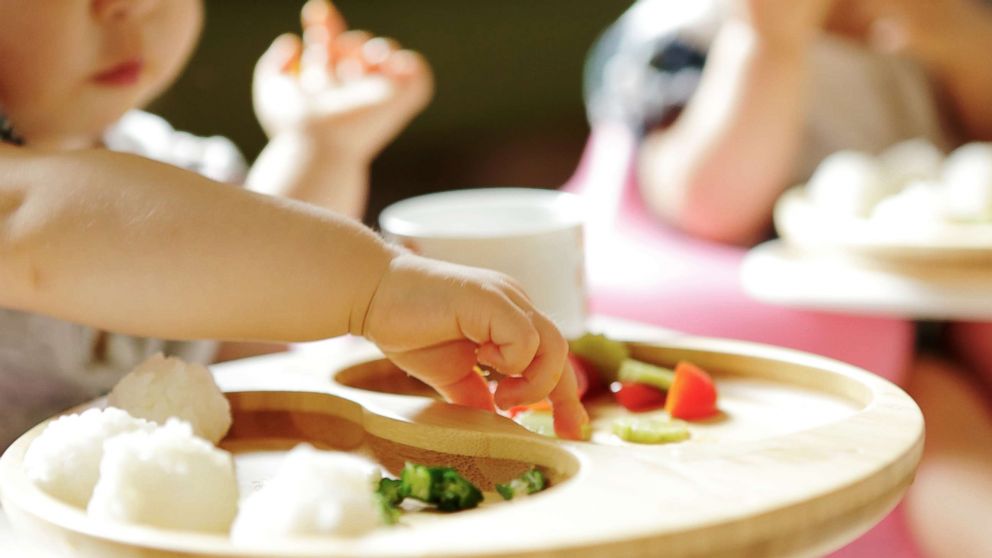 Here are the most important factors:
Here are the most important factors:
- Baby’s age and teething
- Type of food
- Preparation of food
- Breastfed vs formula-fed
Babies don’t usually have many teeth when they start on solids.
Teeth are an important part of the digestive process for babies because they break the food down into particles small enough to be digested easily. Without this initial step, it’s more likely that chunks of food will pass through your little one’s digestive system and end up in their diaper. As your child’s teeth continue to come in and they become more efficient and practiced at chewing their food, you’ll probably notice fewer chunks of food in their poop.
What are the chunks in baby poop?
If you do notice strange chunks in your baby’s poop, it’s most likely undigested food particles. Some foods are especially high in fiber, which makes it hard for the body to digest.
Common baby foods that are high in fiber can include:
- Corn
- Beans
- Grains (especially whole grains)
- Seeds (sunflower, sesame, etc.
 )
) - Peas
- Vegetable or fruit skins (tomatoes, grapes, etc.)
Fiber is an important part of a healthy diet, so even if you notice some chunks in your baby’s food, you’ll want to continue to feed them high-fiber foods. As your little one’s digestive system continues to mature, you should notice fewer chunky poops.
Is undigested food in baby poop normal?
It’s pretty normal to see undigested food in your baby’s poop.
Babies don’t have a full set of teeth when they first begin eating solids. Chewing food into smaller pieces makes it easier for the digestive enzymes to break down the remaining food particles. As your baby’s teeth come in and they learn to chew more thoroughly, more of their food will be completely digested.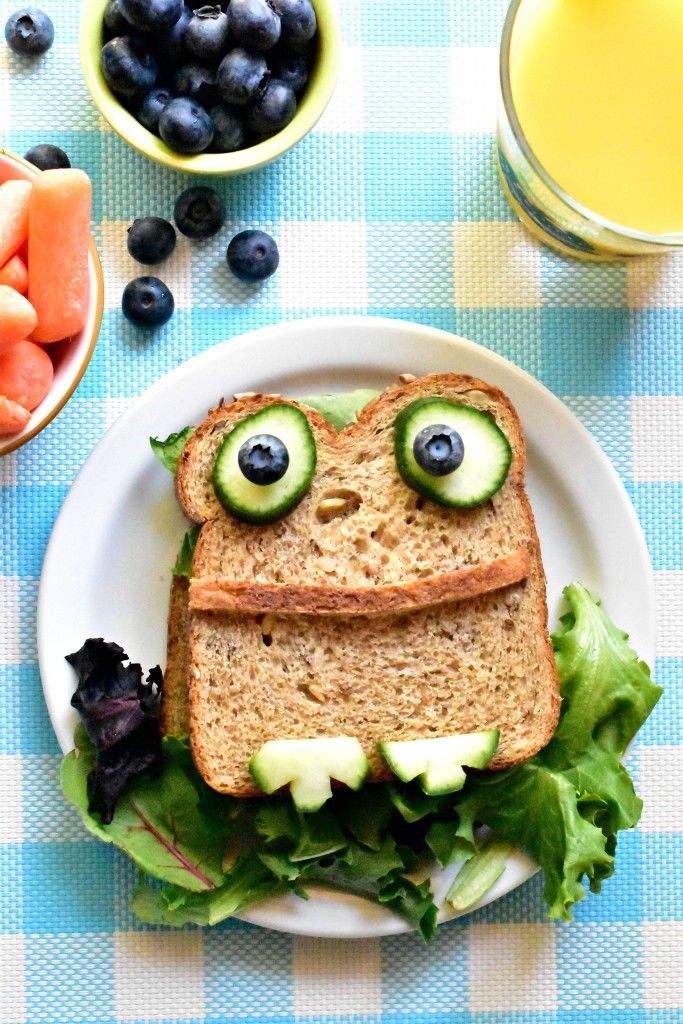
Another important factor to consider is how often your baby poops.
The more time food has to sit in the digestive tract, the more digestive enzymes are able to break down the food particles. Babies poop seemingly all the time, which means that food doesn’t sit in their colon for very long. Because of the quick turnaround time, you’re more likely to see chunks of food in a baby’s poop.
Adults have a much longer turnaround time between bowel movements, so our stools are more likely to be completely digested.
Undigested milk in baby poop
Before your baby starts on solids, you might already be seeing undigested food in their diapers, especially if your baby is breastfed.
Breastfed babies generally have mustard-yellow poops that are often described as “seedy.” This “seedy” texture is actually caused by little bits of undigested milk fat, which is completely normal. If you’re seeing big white chunks in your baby’s poop, though, it’s probably not milk.
The whiteish color can actually be caused by a potentially dangerous liver problem, so if it continues for several consecutive bowel movements, you’ll want to check in with your child’s pediatrician ASAP!
Undigested formula in baby poop
If your baby is formula-fed, their poop color and texture can vary widely without any cause for concern. Sometimes, formula-fed diapers can even end up looking just as “seedy” as those produced by breastmilk.
If you’re seeing small bits of undigested formula in your baby’s diaper, it’s not a problem. It just means that your baby isn’t completely digesting all the formula they’re fed, and the extra is coming out the other side.
Of course, if your baby isn’t gaining the right amount of weight or seems lethargic, check in with a pediatrician.
Undigested corn in baby poop
Corn is one of the most common culprits for undigested food found in poop.
Even adult bodies can have a difficult time digesting corn completely! Corn has an outer shell made of cellulose, which your body can’t actually digest.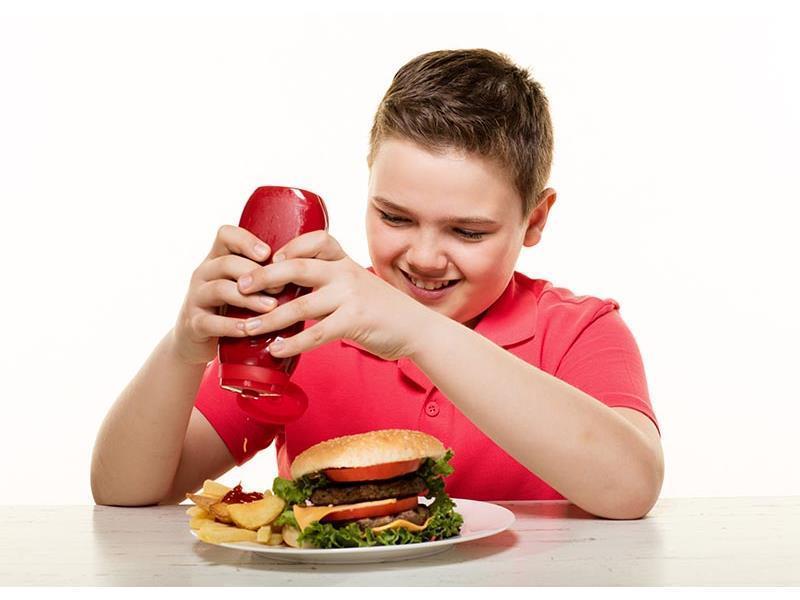 The human body relies on specific enzymes to metabolize the chemical compounds present in food, and without the right enzymes, there are some chemicals that your body simply can’t process.
The human body relies on specific enzymes to metabolize the chemical compounds present in food, and without the right enzymes, there are some chemicals that your body simply can’t process.
Even though you and your baby will never be able to digest the cellulose in the outer shell of corn kernels, that doesn’t mean that corn is a bad thing to eat. Your body can digest the food components inside the corn kernel, and those components include vitamins and minerals that help fuel your body. If you see what look like whole kernels of corn in your baby’s diaper, it’s probably just the outer shell of the corn that’s impossible to digest.
Your baby still got plenty of nutritional content from the inside of the corn, and the cellulose passed straight through their digestive system and out the other end.
Undigested banana in baby poop
Even though bananas are easy to digest, you might still find chunks of banana in your little one’s diaper.
The most likely culprit for big chunks is that stubborn lack of teeth that makes it extra tricky for your baby to get foods down to a manageable size. Bananas are dense and chock-full of good stuff, which means that even a small piece takes some time to digest completely.
Bananas are dense and chock-full of good stuff, which means that even a small piece takes some time to digest completely.
Bananas can also cause small black ‘threads’ to show up in your baby’s poop. These threads are just the center of the banana, and are trickier for the body to process.
Undigested raisins in baby poop
Raisins contain a lot of fiber, which means they’re hard for the body to digest.
It’s not unusual for entire raisins to make their way through a baby’s digestive tract and end up completely unscathed in their diaper. Luckily, as your little one’s digestive system matures and slows down a bit, the diaper full of raisins should disappear.
Undigested grapes in baby poop
If you notice bits of undigested grapes in your baby’s diaper, it’s probably the grape skins.
Grape skins are extremely fibrous, which makes them particularly difficult for the body to digest. Also, breaking up grape skins without a full set of teeth is pretty much impossible. Doctors recommend waiting until your baby is around 10 months old before giving them grapes.
Doctors recommend waiting until your baby is around 10 months old before giving them grapes.
When you do start, make sure you thinly slice and lightly mash the grapes before giving them to your child. Whole, or even halved grapes, can be a major choking hazard.
Undigested blueberries in baby poop
Blueberries are very similarly structured to grapes, which means you might end up seeing some blueberry skins in your little one’s diaper.
If your baby swallows a whole blueberry, they might even poop out the entire blueberry, because their digestive system couldn’t get through the blueberry skin in order to digest the center parts. Because whole blueberries can be a choking hazard, cut them into small slices before giving them to your baby.
Slicing the berries will also make them easier to digest!
When to worry about food chunks in baby poop
Even though it can be startling to see chunks of food in your baby’s poop, it’s a pretty normal occurrence.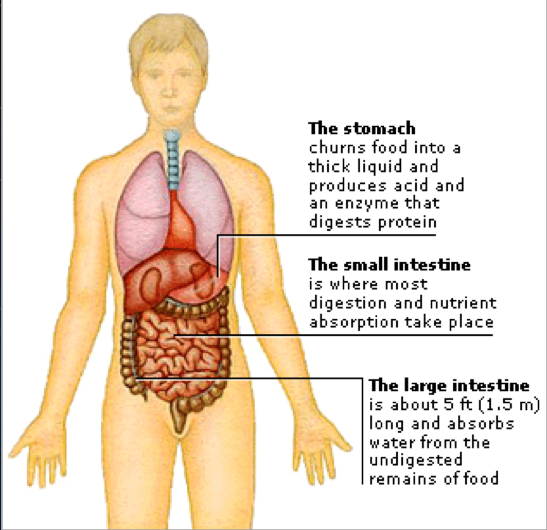 There are, however, some warning signs associated with chunky poops that would warrant a visit with the pediatrician. Call them right away if:
There are, however, some warning signs associated with chunky poops that would warrant a visit with the pediatrician. Call them right away if:
- Diarrhea – Your child has diarrhea, you’ll likely see chunks of food in their diaper. Diarrhea is most often caused by a stomach bug, but if it doesn’t resolve within 24 hours, contact a doctor.
- Persistency – There are chunks of food in every single one of your baby’s diapers, it might be a sign of a bigger digestive problem.
- Weight Loss – Your little one is losing weight, or not gaining as much as they should, it might mean they aren’t getting the nutrients they need because of a digestive problem.

- Blood – There is blood in your child’s poop or their poop looks black, seek medical attention.
Any of the symptoms mentioned above should be discussed at your child’s next doctor’s appointment. If your baby seems lethargic, has bloody poop, or has diarrhea for more than 24 hours, seek medical attention immediately.
The truth about kids’ poo – and what it says about your toddler’s health
Advertisement
Wellness
Your child's stools will change when he switches from milk to solid food. So what can you expect of the new normal?
(Photo: Nicole Teng)
Khoo Bee Khim
29 Jul 2020 06:30AM (Updated: 09 Aug 2021 03:14PM)
Bookmark Bookmark
WhatsApp Telegram Facebook Twitter Email LinkedIn
Undigested food in the stool, diarrhoea that lasts for days, a strained look on your toddler’s face when he’s on the potty … any of these scenarios are enough to make Mum and Dad worry.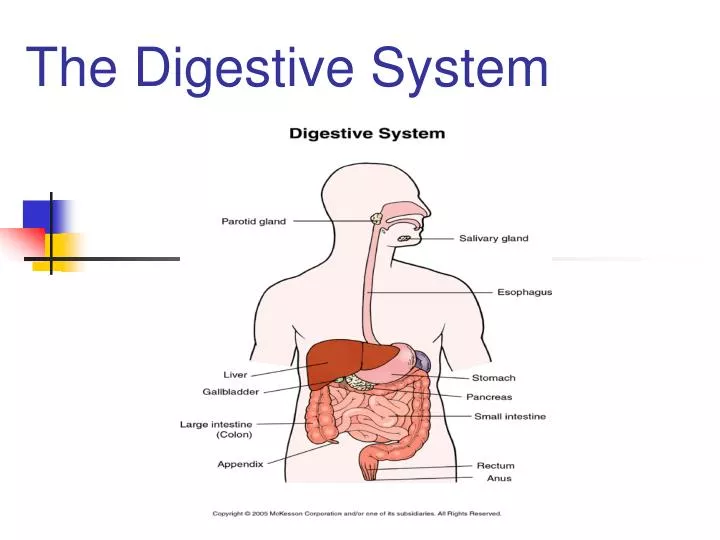 And we haven’t even addressed the unusual colours that Junior’s poop might take on (yellow or green poo, folks?).
And we haven’t even addressed the unusual colours that Junior’s poop might take on (yellow or green poo, folks?).
Parents may be further perplexed when their little one has reached a dietary milestone and is weaning off milk and starting on solid food. His stool will also change according to his new diet. But what is the new normal?
READ: What your poo says about your health
“A newborn baby will pass black meconium soon after birth,” said Dr Ang Ai Tin, a consultant paediatrician and neonatologist with Thomson Medical Centre. “Subsequently, when the baby starts drinking breast milk or formula, the consistency of the stools will be drier, and appear yellow or green.”
View this post on Instagram
A post shared by Princeton Playspace (@princetonplayspace)
The stool colours that raise concerns, said Dr Ang, are pale, clay-like or light yellow.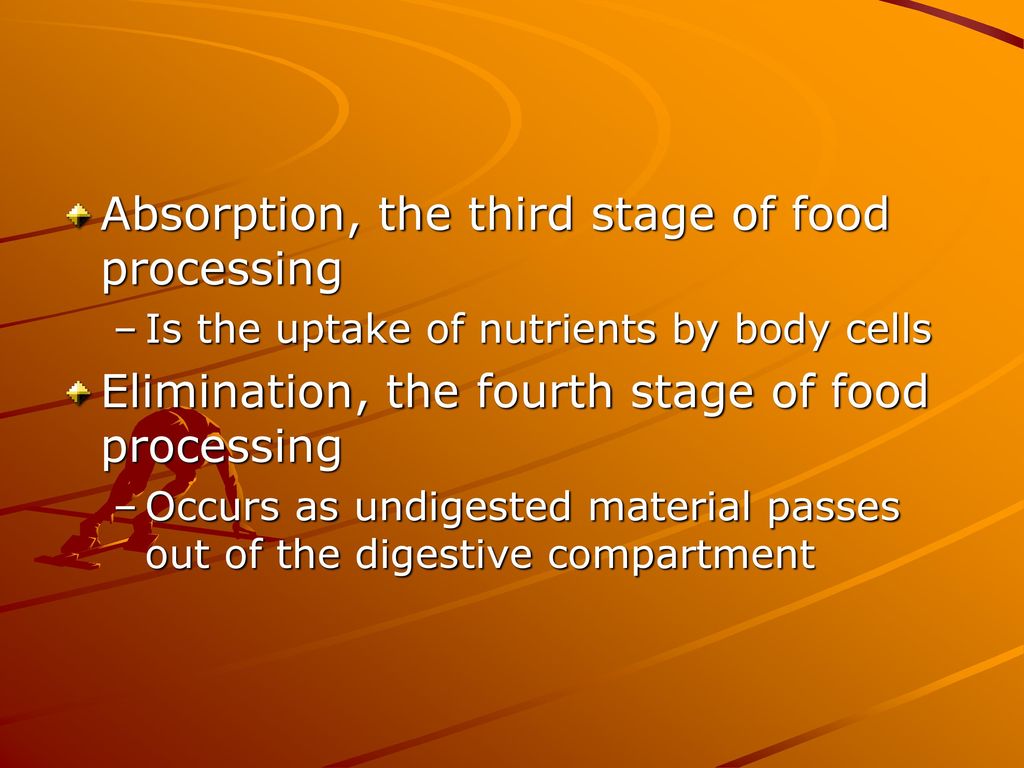 Consult a doctor if that happens and bring along a sample of your child’s stool so that the doctor can make an assessment accordingly, she said.
Consult a doctor if that happens and bring along a sample of your child’s stool so that the doctor can make an assessment accordingly, she said.
Another top concern that new parents have is the frequency of their child’s bowel movements. Is the little one supposed to poop every day? It all depends on the stage your child is at, said Dr Ang.
READ: The case against tickling: How laughter doesn't always signal enjoyment
“In older children, it may be once or twice daily, or even on alternate days. More importantly, the stools must not be hard and pellet-like, which is a sign of constipation."
Other than constipation, there are other potty situations that can leave parents perplexed. Here’s a look at some of them.
- The stool floats and appears shiny
It may be time to puree fewer vegetables for your little one. According to Dr Ang, the stool floats because there is too much fibre-induced gas in it. “Cutting down on fibre such as reducing the amount of beans, sprouts, cauliflower and broccoli in your child’s diet would help,” she said. If doing so doesn’t change anything, it could point to gastroenteritis or lactose intolerance, she added, which would need a doctor’s assessment.
If doing so doesn’t change anything, it could point to gastroenteritis or lactose intolerance, she added, which would need a doctor’s assessment.
View this post on Instagram
A post shared by Let’s Go To The Bathroom (@potty_training_app)
On the other hand, stools with an oily sheen are a bigger concern as they could mean malabsorption caused by pancreatic disease, said Dr Ang. “So please see a doctor if the stools are floating and difficult to flush. It implies fat malabsorption and medical evaluation is needed.”
- There’s undigested food in your child’s stool
Undigested food in the stool can suggest that food is passing too quickly through the digestive tract for it to be fully digested, said Dr Lynette Goh, an associate consultant with KK Women’s and Children’s Hospital’s Gastroenterology, Hepatology and Nutrition Service Department.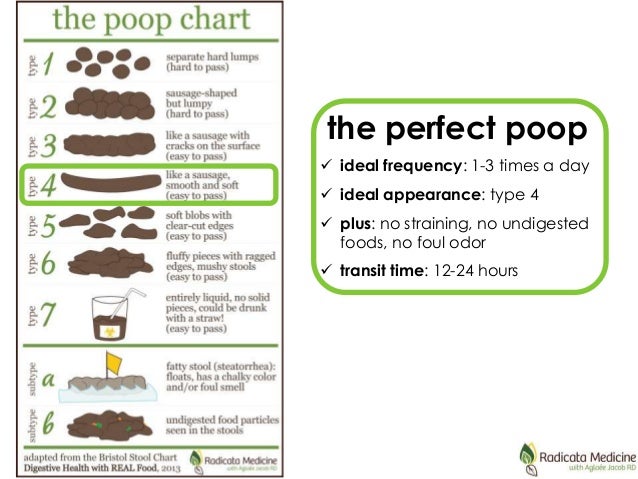
“This may be accompanied by loose or watery stools and is often referred to as toddler’s diarrhoea, which typically occurs between the ages of one and four years old,” said Dr Goh.
The good news is, toddler’s diarrhoea usually resolves itself by four to five years of age. “It is common and there is no need to seek medical treatment if your child is otherwise well,” she said.
(Photo: Pexels/Streetwindy)In the meantime, monitor your child’s activity, appetite and weight gain for any changes, and keep him hydrated. “Take your child to a doctor if the stool contains blood or if he is lethargic, eating poorly and/or losing weight,” said Dr Goh.
- The stool is loose and accompanied by lots of gas
Acute gastroenteritis can cause your child to feel bloated and/or have diarrhoea. “This is largely caused by viruses which infect the intestine,” said Dr Goh, who added that other signs to look out for include vomiting, fever and abdominal pain.
READ: Here's why kids can get sick right now – even if they’re not leaving the house
“Depending on the cause of the diarrhoea, it may last for two to four days. Occasionally, it may persist for up to two weeks,” she said.
It is a good idea to monitor the little one’s activity and feeding, and keep him hydrated. See a doctor if your child is dehydrated, lethargic, eating poorly and/or has blood in his stools, advised Dr Goh.
- Watery stool is passed a few times a day but your child is otherwise well
Just as some adults have irritable bowel syndrome (IBS), children can have the same condition, too. An intermittent diarrhoea could be a symptom of IBS, according to Dr Goh, especially when there is no fever or vomiting.
(Photo: Unsplash/Charles Deluvio)“In IBS, the gut is particularly irritable or sensitive, and symptoms can be triggered by specific food or even stress and anxiety,” she said. The child may experience abdominal pain, bloating, constipation and/or diarrhoea.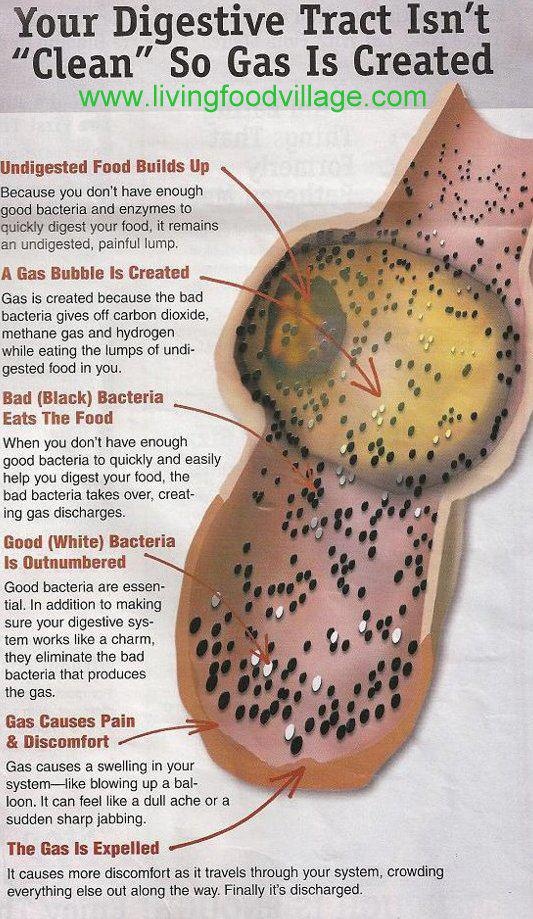
Sometimes, the diarrhoea could be caused by food intolerance or lactose intolerance, said Dr Ang. “In such instances, probiotics, adequate fluid intake and switching to lactose-free milk may be needed.”
But before such a diagnosis is made, Dr Ang said that “a proper dietary history and food diary in relationship to bowel pattern need to be studied”. Allergy testing or food challenge may be needed, she added.
Source: CNA/bk
Categories
RECOMMENDED
Content is loading...
Expand to read the full story
Recent Searches
Trending Topics
celebrity homes fashion health Women's Voices food & drink Places & Attractions
Diseases of the Digestive Organs - School of Health - GBUZ City Polyclinic 25 Krasnodar Ministry of Health KK
Rapid ingestion of poorly chewed food adversely affects its processing and digestibility and may be one of the causes of diseases of the gastrointestinal tract.
When food enters the esophagus, a wave-like contraction of its muscles occurs, pushing the food bolus into the stomach. Outside of eating, the entrance to the stomach from the side of the esophagus is closed by stretched muscle fibers (lower esophageal sphincter), but when food passes through the esophagus and stretches it, the entrance to the stomach opens reflexively. Under normal conditions, after food enters the stomach, its entrance immediately closes, and therefore the contents of the stomach cannot enter back into the esophagus. However, in some diseases that are widespread in modern conditions, the entrance to the stomach during the digestion of food may periodically open, and in such cases, the acidic contents of the stomach are thrown back into the esophagus (a phenomenon called reflux), causing various diseases of the esophagus, pharynx, and even respiratory ways, because the refluctant can reach the trachea and bronchi. Clinical manifestations of this condition can be sour belching, heartburn, bitterness, an unpleasant aftertaste in the mouth, hoarseness in the head, and a prolonged unproductive cough.
So, the excessive consumption of refined, fatty, plentiful food by modern man, as well as alcohol and strong coffee and tea, worsens the functioning of the lower esophageal sphincter, the habit of eating lying down or at a low table also leads to this, the same phenomenon occurs with neuroses.
The stomach of an adult is located directly under the diaphragm, the maximum volume of the cavity of a healthy stomach is about 3 liters, with an empty stomach it is reduced to 50 ml. Gastric juice is the second reagent, after saliva, pouring onto the food mass, the main component of which is hydrochloric acid. It performs numerous functions: the acid reaction of gastric juice causes swelling of proteins, promotes curdling of milk, and has the ability to destroy pathogenic microbes that have entered the stomach. With the help of the enzymes pepsin and gastrixin, also contained in gastric juice, proteins are broken down into simpler compounds. The cells of the stomach also produce a special mucus (mucin) that plays a protective role; it forms a two-layer barrier lining the inner surface of the stomach. inhibiting the action of pepsin and neutralizing hydrochloric acid, protecting the gastric mucosa from self-digestion, as well as mechanical and chemical damage. Natural stimulants of the activity of the gastric glands are food substances. The secretion of the gastric glands is well adapted to the quantity and consistency of nutrients. As the volume of food entering the stomach increases, gastric secretion increases. However, this is observed only up to a certain limit, beyond which a further increase in food no longer affects the amount of juice, since the maximum secretory capacity of the stomach has been reached. In such cases, food lingers in the stomach, part of it, which has not had time to be digested, begins to decompose. A person with regular food intake develops a stable stereotype of secretory reaction.
inhibiting the action of pepsin and neutralizing hydrochloric acid, protecting the gastric mucosa from self-digestion, as well as mechanical and chemical damage. Natural stimulants of the activity of the gastric glands are food substances. The secretion of the gastric glands is well adapted to the quantity and consistency of nutrients. As the volume of food entering the stomach increases, gastric secretion increases. However, this is observed only up to a certain limit, beyond which a further increase in food no longer affects the amount of juice, since the maximum secretory capacity of the stomach has been reached. In such cases, food lingers in the stomach, part of it, which has not had time to be digested, begins to decompose. A person with regular food intake develops a stable stereotype of secretory reaction.
As a result of which a sharp change in the diet, erratic eating, overeating, eating hastily, starvation, abuse of alcohol, nicotine, drugs lead to the development of pathological conditions of the stomach, first functional (in the form of an excessive increase or decrease in secretion and changes in its composition) , and then organic, manifested by the development of gastritis, erosive and ulcerative lesions of the mucosa.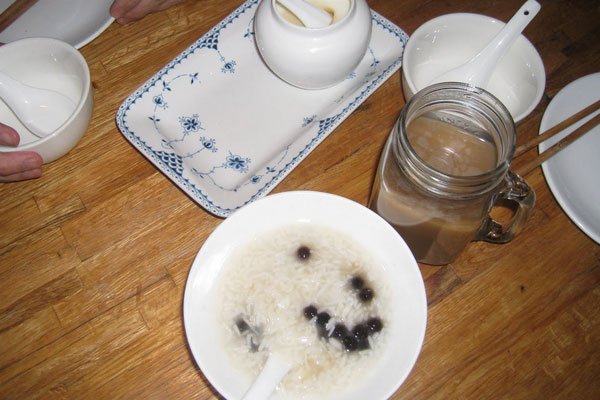
The residence time of food in the stomach is of great importance for the subsequent absorption of nutrients in the small intestine, since the stomach is a kind of reservoir in which the food gruel is diluted to the required consistency. The stomach protects the small intestine from an excessive flow of substances that can disrupt its normal functioning and change the composition of the blood. In addition, the stomach regulates the flow of water into the small intestine, preventing blood thinning due to excessive absorption of water in the intestine. Due to the peristaltic contraction of the muscles of the stomach, mechanical processing and displacement of the surface layers of the crushed and chemically processed stomach contents to the entrance to the duodenum occur. Food leaves the stomach after 3.5 - 4.5 hours, so that with 3 - 4 meals a person's stomach is almost or completely empty by the time of the next meal. After leaving the stomach, the food slurry is exposed to the action of enzymes from pancreatic juice, bile and intestinal juice produced by the glands of the duodenum and small intestine. The digestive juice of the pancreas is rich in enzymes that ensure the digestion of proteins, fats and carbohydrates. The enzymatic composition of pancreatic juice "artistically harmonizes" (in the words of I.P. Pavlov) with the quantity and quality of nutrients entering the small intestine. The secretory activity of the pancreas is influenced by the hormones of the pituitary, thyroid, adrenal glands and the cerebral cortex. So, in a person who is in an excited state, there is a decrease in the enzymatic activity of pancreatic juice, and in a state of rest - its increase.
The digestive juice of the pancreas is rich in enzymes that ensure the digestion of proteins, fats and carbohydrates. The enzymatic composition of pancreatic juice "artistically harmonizes" (in the words of I.P. Pavlov) with the quantity and quality of nutrients entering the small intestine. The secretory activity of the pancreas is influenced by the hormones of the pituitary, thyroid, adrenal glands and the cerebral cortex. So, in a person who is in an excited state, there is a decrease in the enzymatic activity of pancreatic juice, and in a state of rest - its increase.
With some diseases of the gastrointestinal tract, chronic stress conditions, when the diet is overloaded with fats, or when the protein content in the diet is insufficient, “artistic harmony” disappears: the ability of the pancreas to secrete juice in accordance with the nutrients entering the small intestine is disturbed.
The liver occupies a very special position among all digestive organs.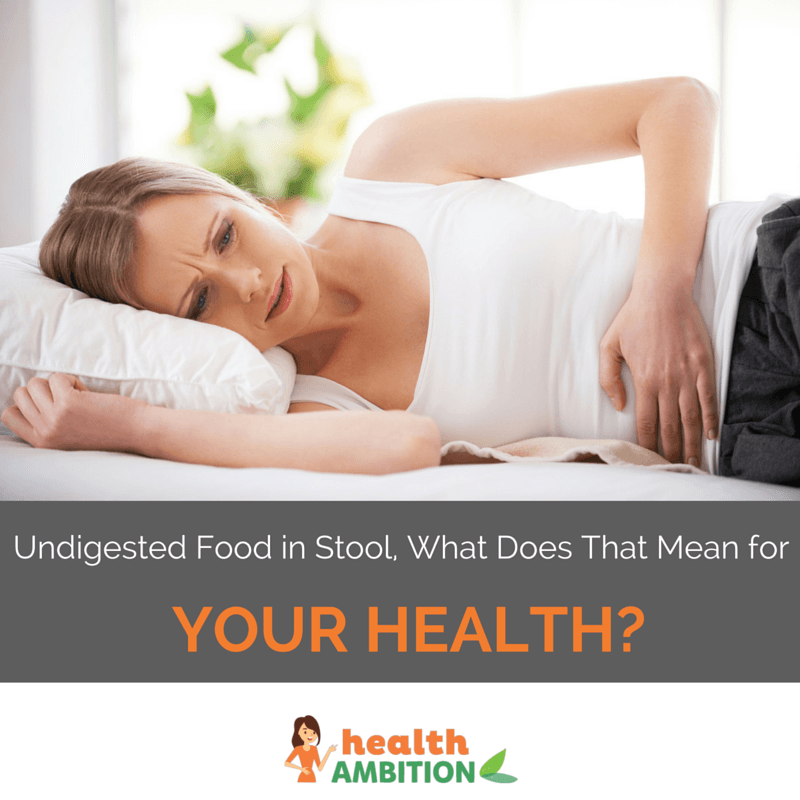 All the blood coming from the stomach, spleen, pancreas, small and large intestines flows to it through the portal vein. Thus, all substances from the processing of digestion products enter the liver, the main human chemical laboratory, where they undergo even more complex processing, and then pass through the hepatic vein into the inferior vena cava. In the liver, the toxic products of protein breakdown and many medicinal compounds, as well as the waste products of microbes living in the large intestine, are detoxified. The product of the secretory activity of the liver - bile - takes an active part in the process of digestion - emulsifies fats, enhances the action of pancreatic enzymes. Bile plays an important role in the absorption of carotene, vitamins D, E, K and amino acids, increases tone and enhances intestinal motility, and has a depressing effect on the intestinal microbial flora. The liver is involved in almost all types of metabolism: protein, fat, carbohydrate, pigment, water.
All the blood coming from the stomach, spleen, pancreas, small and large intestines flows to it through the portal vein. Thus, all substances from the processing of digestion products enter the liver, the main human chemical laboratory, where they undergo even more complex processing, and then pass through the hepatic vein into the inferior vena cava. In the liver, the toxic products of protein breakdown and many medicinal compounds, as well as the waste products of microbes living in the large intestine, are detoxified. The product of the secretory activity of the liver - bile - takes an active part in the process of digestion - emulsifies fats, enhances the action of pancreatic enzymes. Bile plays an important role in the absorption of carotene, vitamins D, E, K and amino acids, increases tone and enhances intestinal motility, and has a depressing effect on the intestinal microbial flora. The liver is involved in almost all types of metabolism: protein, fat, carbohydrate, pigment, water. Cholesterol and some hormones are formed in the liver, phospholipids are synthesized, which are included in the composition of nerve fibers and neurons. The liver is the main site for the formation of glycogen and the site of accumulation of its reserves, thus regulating, together with the pancreas, the concentration of glucose in the blood. Chronic alcohol consumption, uncontrolled intake of drugs has a direct toxic effect on liver cells, as well as metabolic, hormonal, immunological, inflammatory damage in the pancreas and intestines.
Cholesterol and some hormones are formed in the liver, phospholipids are synthesized, which are included in the composition of nerve fibers and neurons. The liver is the main site for the formation of glycogen and the site of accumulation of its reserves, thus regulating, together with the pancreas, the concentration of glucose in the blood. Chronic alcohol consumption, uncontrolled intake of drugs has a direct toxic effect on liver cells, as well as metabolic, hormonal, immunological, inflammatory damage in the pancreas and intestines.
Thus, there are no liver-friendly doses of alcohol, although according to some studies, regular consumption of small, non-toxic doses of ethanol (up to 15 g / day for men and up to 10 g / day for women) protects against the development of cardiovascular diseases. vascular disease, especially in the elderly.
In the small intestine, food gruel is processed under the influence of pancreatic juice and bile, which soak it in the duodenum, as well as under the influence of numerous enzymes produced by the glands of the small intestine. The process of absorption occurs on a very large surface, since the mucous membrane of the small intestine forms many folds, it is densely dotted with villi - a kind of digital protrusion, which increases the absorption capacity hundreds of times. In the large intestine, the absorption of water ends and the formation of feces occurs. Colon juice is characterized by the presence of mucus, in its dense part contains some enzymes. The large intestine is a site of abundant reproduction of microorganisms that create an immunological barrier against pathogens. The intestinal flora is involved in the final decomposition of the components of digestive juices and undigested food residues, synthesizes enzymes, vitamins. The liberation of the intestine from feces is ensured by active peristalsis, which occurs when the intestinal walls are irritated by feces. With weak peristalsis, food residues remain in the intestines for a long time, which can lead to the development of diseases of the digestive system (gallbladder dysfunction, development of hemorrhoids, etc.
The process of absorption occurs on a very large surface, since the mucous membrane of the small intestine forms many folds, it is densely dotted with villi - a kind of digital protrusion, which increases the absorption capacity hundreds of times. In the large intestine, the absorption of water ends and the formation of feces occurs. Colon juice is characterized by the presence of mucus, in its dense part contains some enzymes. The large intestine is a site of abundant reproduction of microorganisms that create an immunological barrier against pathogens. The intestinal flora is involved in the final decomposition of the components of digestive juices and undigested food residues, synthesizes enzymes, vitamins. The liberation of the intestine from feces is ensured by active peristalsis, which occurs when the intestinal walls are irritated by feces. With weak peristalsis, food residues remain in the intestines for a long time, which can lead to the development of diseases of the digestive system (gallbladder dysfunction, development of hemorrhoids, etc.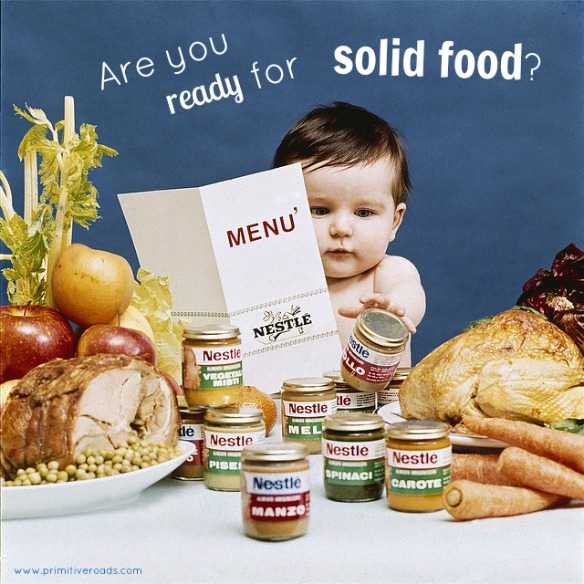 ). In addition, too long a stay of feces in the large intestine (i.e. chronic constipation) violates the intestinal "barrier", and the intestinal walls begin to pass into the blood not only water with small molecules of nutrients, but also large molecules of decay products harmful to the body and fermentation - self-poisoning of the body occurs. An unhealthy diet combined with a sedentary lifestyle often leads to constipation.
). In addition, too long a stay of feces in the large intestine (i.e. chronic constipation) violates the intestinal "barrier", and the intestinal walls begin to pass into the blood not only water with small molecules of nutrients, but also large molecules of decay products harmful to the body and fermentation - self-poisoning of the body occurs. An unhealthy diet combined with a sedentary lifestyle often leads to constipation.
The diet should contain enough foods rich in vegetable fiber, it is useful to add cool drinks to the diet in the morning on an empty stomach, get rid of the bad habit of suppressing the urge to defecate (due to working conditions) or independently use long-term laxatives or cleansing enemas.
Summarizing the above, we obtain the basic principles of primary prevention:
- A balanced diet,
- Smoking cessation,
- Refusal of uncontrolled use of drugs,
- Refusal of concentrated alcohol,
- Sufficient physical activity,
- Timely contact with a specialist doctor for additional examination and development of an individual treatment plan, program secondary prevention in functional or exacerbation of chronic organic pathology of the digestive system.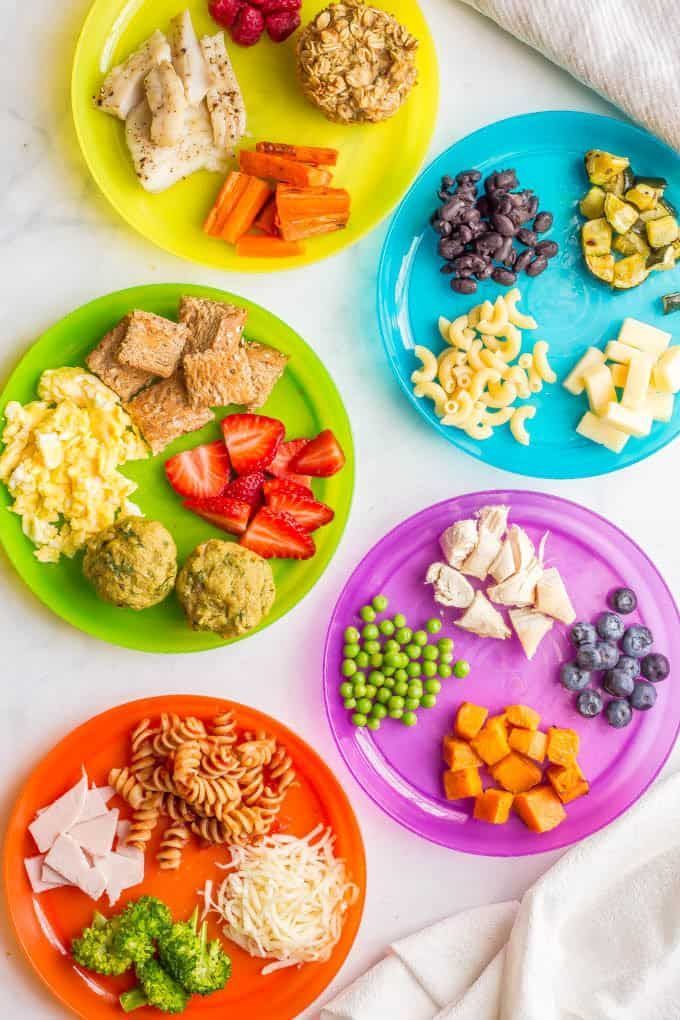
In the world practice there are examples that prove the success of secondary prevention (that is, with an existing pathology, it was possible to reduce the number of repeated events or complications of this pathology). For example, at the end of the 20th century, the Benelux countries managed to significantly reduce the infection of the population with Helikobacter pylori, which led to a sharp decrease in the incidence of stomach cancer. In Taiwan, where the incidence of hepatocellular carcinoma has reached horrendous numbers due to extremely high levels of hepatitis B virus infection, vaccination of children has reduced the incidence of liver cancer to European levels.
Secondary prevention is not a myth, but an early diagnosis of diseases with timely treatment or professional examination, the implementation of the entire complex of therapeutic measures compiled by a specialist doctor.
Simplified structure of the digestive tract | Tervisliku toitumise informatsioon
In the process of digestion, food macronutrients (proteins, fats, carbohydrates) contained in food are broken down into smaller components that are absorbed into the blood or lymph.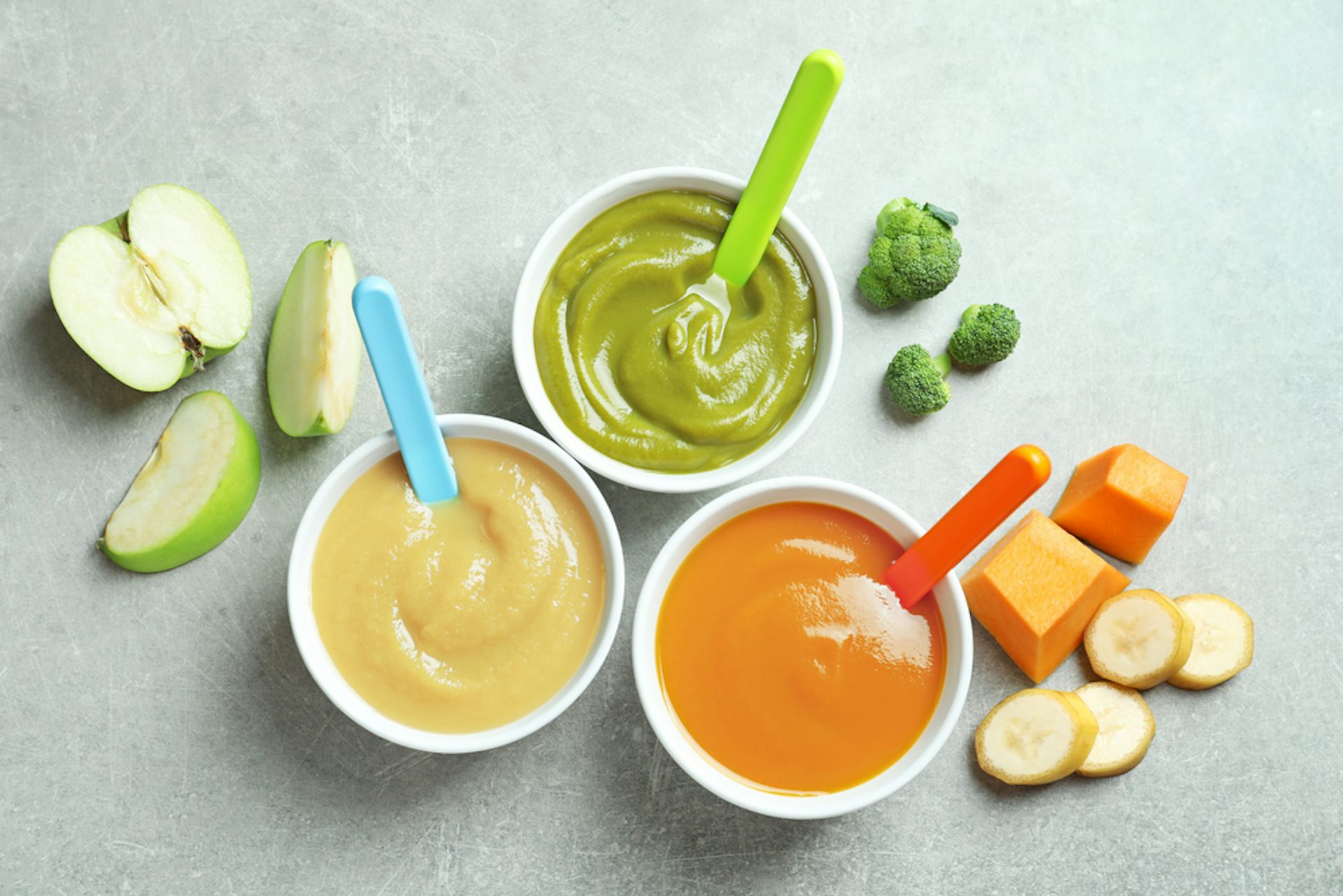
Proper nutrition followed by digestion and absorption of nutrients is essential to maintain the metabolism of the human body.
Oral cavity
Oral cavity is the initial section of the digestive system, the walls of which are the lips, cheeks, upper and lower palate. In the oral cavity, with the help of fangs and incisors, mechanical grinding of food into the finest possible mass occurs.
The structure of our teeth allows us to grind food of both plant and animal origin. Dental health is important for digestion, so proper dental development and oral hygiene contribute to maintaining our health.
Various salivary glands enter the oral cavity and produce large amounts of food-thinning saliva. Food is mixed with saliva, and partial, insignificant digestion of some nutrients begins. The more crushed the swallowed food mass, the easier it is for the body to digest the food, so you should chew food carefully, with concentration and for as long as possible.
Pharynx
The pharynx is an approximately 12 cm funnel-shaped canal that starts from the nasal cavity and runs inside the neck to the esophagus, being a common part of the digestive tract and respiratory tract.
Swallowing occurs as a result of a complex reflex initiated by tongue pressure that directs food and drink through the esophagus to the stomach and prevents them from entering the respiratory tract. The first stage of swallowing is conscious, the subsequent stages are reflex.
If the swallowing reflex is disturbed (for example, attention is focused on some other non-eating activity) and food enters the trachea, the person begins to cough to release pieces of food. If the trachea becomes clogged with poorly chewed pieces of food, a person may suffocate. Therefore, it is extremely important that we focus on this process while eating and not do things that interfere with it.
Solid food passes from the mouth through the esophagus to the stomach in about 8-9 seconds, liquid food in about 1-2 seconds.
Esophagus
Esophagus - about 25 cm hollow muscular tube, part of the digestive tract, under the influence of contractions and relaxation, i.e. peristalsis which moves food from the pharynx to the stomach.
Vomiting is a protective reflex caused by the unpleasant taste or smell of food, eating spoiled food, overeating, or touching the mucous membrane of the throat.
Stomach
Stomach is a reservoir of the upper part of the digestive tract, formed from smooth muscle tissue, in which the partial breakdown and liquefaction of food takes place and its regular passage in suitable volumes (portions) into the small intestine. Liquefaction is achieved by gastric juice and strong mechanical mixing (grinding).
The stomach of an adult human normally holds 1.5 liters of food mass. In an empty state, this muscular organ shrinks and shrinks to a very small size. The volume of the stomach in a newborn is about 30 ml, in those who drink large amounts of beer for a long time, it can even reach 10 liters.
Since the glands in the stomach produce strong hydrochloric acid, the inner surface of the stomach is lined with a mucous membrane. Gastric juice has a pH of about 1. This means that the environment in a normal stomach is highly acidic.
Gastric juice (gastric secretion) is secreted by the cells of the glands (of which there are about 30–40 million), 2–3 liters of it are produced per day. The secretion of gastric secretion is stimulated by the type of food, its taste, smell, mechanical irritation of the oral mucosa and glucose deficiency.
The rate of elimination of food from the stomach depends on the amount of food and its properties. Food stays in the stomach for 2 to 6 hours.
More solid food stays in the stomach longer, drinks pass into the small intestine almost immediately. In case of fluid deficiency, part of the water can be absorbed through the stomach. The stomach also absorbs certain medications (such as aspirin), alcohol, and caffeine.
At the border of the stomach and duodenum is the pylorus, which periodically opens and passes small portions (5-10 ml) of crushed food into the duodenum.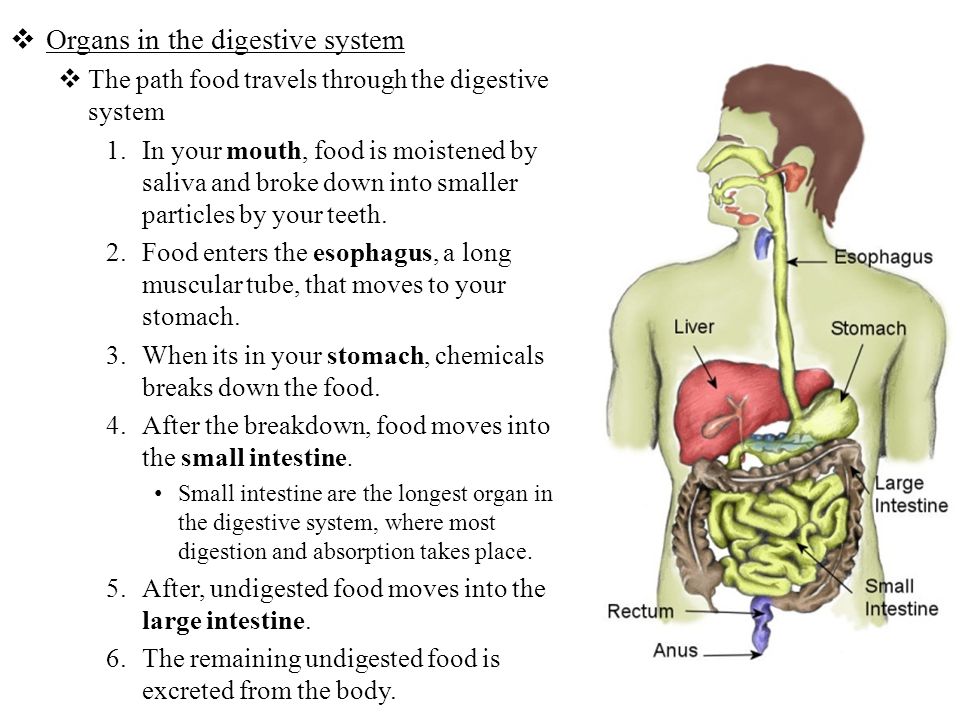 In a normal situation, the stomach empties within four hours.
In a normal situation, the stomach empties within four hours.
An empty stomach makes powerful undulating movements, with the help of which it is freed from insufficiently crushed food particles (for example, in the case of plant foods rich in fiber). With long intervals between meals, strong peristaltic waves can occur, manifested by grumbling in the stomach and, in the worst case, abdominal pain.
Pancreas
Pancreas is an extended, up to 15 cm long, organ that weighs 100 grams and is located behind the organs of the abdominal cavity. The cells of its tissues secrete digestive enzymes and hormones into the intestines. Thus, the pancreas works both as a digestive gland and as an endocrine gland.
Produced by the pancreas, insulin and glucagon are the two most powerful homeostasis hormones in the human body. They both influence a very large number of processes and have opposite functions to each other. For example, insulin helps to normalize sugar levels after the assimilation of food, i.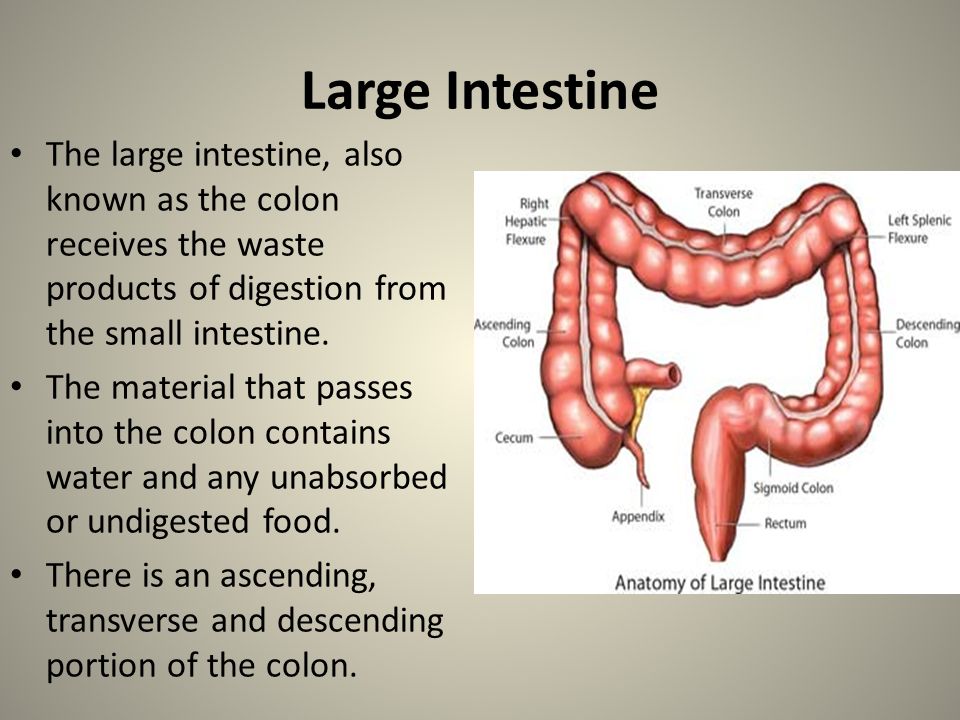 e. lowers blood glucose levels to normal levels (helping the liver synthesize glycogen). Glucagon, on the other hand, helps the liver to release glucose in order to maintain its concentration in the blood at a normal level (for example, during long breaks between meals and at night).
e. lowers blood glucose levels to normal levels (helping the liver synthesize glycogen). Glucagon, on the other hand, helps the liver to release glucose in order to maintain its concentration in the blood at a normal level (for example, during long breaks between meals and at night).
Homeostasis means maintaining the biological parameters of the human body within certain limits. Even small changes in the chemical or physical properties of the intracellular environment can disrupt the biochemical processes in the body. Homeostasis is the body's ability to create a stable balance in the internal environment.
Thus, homeostasis is the process by which a nearly stable internal environment is maintained so that cells can function at maximum efficiency. Each organism tries to maintain the correct temperature, acidity, etc. in its internal environment. Homeostasis is achieved by coordinating a complex physiological response with chemical or electrical signals exchanged between tissues.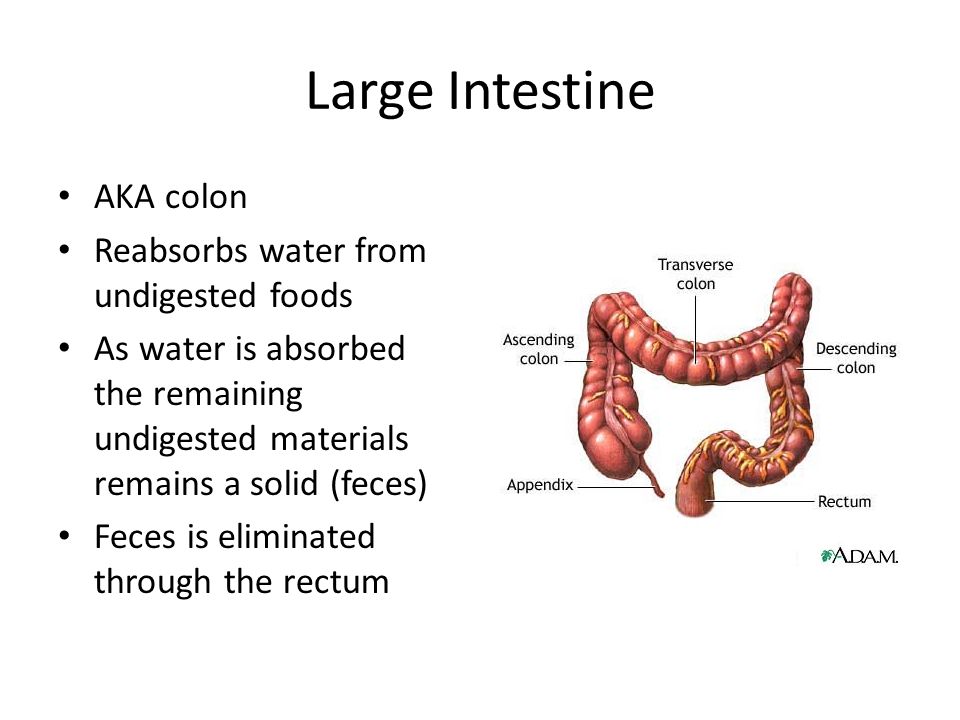 Hormones play a key role in this communication, so they are important for maintaining homeostasis.
Hormones play a key role in this communication, so they are important for maintaining homeostasis.
Insulin and glucagon regulate carbohydrate, lipid and protein metabolism. They have the greatest effect on carbohydrate metabolism. For example, blood sugar, i.e. glucose levels are kept under control on the one hand insulin, on the other hand glucagon. Inside the cells, under the influence of insulin to release energy, the breakdown of glucose is enhanced. When blood glucose levels drop, glucagon breaks down the glycogen stored in the liver, and glucose is released into the bloodstream. Since both hormones regulate the entire metabolism and especially carbohydrate metabolism, if there are problems with their synthesis, metabolic problems arise (for example, in the case of insulin, diabetes).
The pancreas produces 1.5–2 liters of pancreatic juice per day, which is very rich in enzymes. Pancreatic juice contains large amounts of sodium bicarbonate, which is alkaline and neutralizes the highly acidic food mass in the stomach.
Pancreatic juice, along with bile, enters the upper part of the small intestine - the duodenum. The secretion of pancreatic juice is partially regulated by the nervous system, but mainly due to hormones. When an acidic food mass (chyme) enters the duodenum from the stomach, the mucous membrane of the duodenum releases secretin into the blood, which causes the release of sodium bicarbonate in the cells of the pancreatic ducts, which in turn neutralizes the acidic environment. The more acidic the semi-digested food mass comes from the stomach, the more sodium bicarbonate is released.
Liver
Liver is the “chemical laboratory” of our body. It can be conditionally called the largest human gland, the weight of which can reach 1.5 kg. The liver consists of two lobes of different sizes. The liver is a vital organ in which most of the protein, lipid and carbohydrate metabolism takes place.
Also, the liver helps to remove from circulation in the human body residual substances formed during normal metabolism. In addition, the liver cleanses the blood of toxic substances - detoxification occurs, i.e. processing of natural and artificial poisons, unused components of medicines, heavy metals, residues of bacterial metabolism, which got from the environment and food, etc. After that, the remnants of processing are sent through the blood to the kidneys and excreted from the body.
In addition, the liver cleanses the blood of toxic substances - detoxification occurs, i.e. processing of natural and artificial poisons, unused components of medicines, heavy metals, residues of bacterial metabolism, which got from the environment and food, etc. After that, the remnants of processing are sent through the blood to the kidneys and excreted from the body.
Liver Principles Video:
The liver processes and stores nutrients (such as glycogen and iron) to keep the body functioning between meals and for longer periods, and also acts as a depot for some (mainly - fat-soluble) vitamins (A, D, B 12 , K).
The human body functions as a whole, and this whole process helps to keep the liver healthy. The widely advertised liver cleansing methods on the internet do not.
In connection with digestion, the liver plays a decisive role as a producer of bile. Bile acids enter the digestive tract through the bile ducts and gallbladder. The liver synthesizes bile acids from cholesterol.
Bile acids enter the digestive tract through the bile ducts and gallbladder. The liver synthesizes bile acids from cholesterol.
Main functions of the liver:
- emulsification of fats (under the influence of bile)
- by producing bile, the liver removes residual substances from the body, working as an excretory organ
- accumulation of nutrients (fat-soluble vitamins, metals)
- Nutrient synthesis (e.g. plasma proteins)
- Blood storage (including hematopoiesis in the fetus)
- Blood glucose control
Gallbladder
Gallbladder has a volume of 562 ml . Within one day, in the thin bile capillaries located between the liver cells, a total of about 1 liter of bile is produced in a continuous mode. The amount of bile depends on the composition of the food. If the food is fatty, more bile is produced.
Ingestion of food mass rich in fats and proteins causes emptying of the gallbladder. The secretion of bile increases during digestion, and its release from the gallbladder occurs under the influence of food. Here, the impact factors are the appearance and smell of food, the process of eating itself, irritation of the food mass of the receptors of the stomach and duodenum, as well as the hormone secretin secreted in the small intestine.
The secretion of bile increases during digestion, and its release from the gallbladder occurs under the influence of food. Here, the impact factors are the appearance and smell of food, the process of eating itself, irritation of the food mass of the receptors of the stomach and duodenum, as well as the hormone secretin secreted in the small intestine.
Bile acids found in the gallbladder are produced by liver cells from cholesterol, which is essential for lipid absorption because bile salts emulsify lipids, increasing their contact surface with enzymes. Under certain conditions, stones can form in the gallbladder and bile ducts, which prevent the flow of bile into the duodenum, leading to painful conditions of varying severity.
Duodenum
Duodenum is the horseshoe-shaped upper portion of the small intestine, 20–25 cm long and attached to the posterior wall of the abdominal cavity. The walls of this intestine are permeated with blood and lymphatic vessels, as well as nervous tissue. Here, the “analysis” of the food mass coming from the stomach takes place and the digestion process is influenced both through the activation of nerve connections and the production of hormones. The acidic food mass that enters the duodenum is neutralized, and the carbon dioxide released as a result of this mixes the food mass.
Here, the “analysis” of the food mass coming from the stomach takes place and the digestion process is influenced both through the activation of nerve connections and the production of hormones. The acidic food mass that enters the duodenum is neutralized, and the carbon dioxide released as a result of this mixes the food mass.
Small Intestine
Small Intestine is an approximately 3-meter (when extended to 6-9 meters) annularly folded hollow organ that occupies most of the middle and lower floors of the abdominal cavity. The upper part of the small intestine is the duodenum (duodenum), followed by the jejunum (jejunum) and the ileum (ileum).
Antibodies are formed in the lymphoid tissues of the ileum. The processed food mass is further processed in the small intestine for 3-6 hours. The glands of the mucous membrane of the small intestine secrete a secret rich in enzymes (for example, amylase, sucrase, maltase, lactase, peptidase, lipase) in the amount of several liters per day. The main factors stimulating secretion are mechanical irritation of the intestinal walls and chemical irritants (gastric juice, protein breakdown products, seasonings, milk sugar).
The main factors stimulating secretion are mechanical irritation of the intestinal walls and chemical irritants (gastric juice, protein breakdown products, seasonings, milk sugar).
Chyme moves through the small intestine by peristalsis.
In the intestinal wall there are many folds or annular grooves and finger-like villi, which increase its surface area and thereby enhance the absorption of nutrients, and finger-like villi, which in turn are covered with microvilli. Thanks to this, its total surface involved in digestion is more than half the area of a tennis court.
In some people, gluten in the diet can damage the lining of the small intestine, resulting in inadequate absorption of nutrients. This is called gluten intolerance, or celiac disease.
Large intestine
The large intestine is located in the abdominal cavity around the rings of the small intestine, is a little over a meter long and thicker than the small intestine (5–8 cm in diameter). The large intestine is divided into three sections: the caecum, colon, and rectum. From the rectum departs the appendix, the rudimentary part of the intestine, the appendix, in which there is a large accumulation of lymphoid tissue.
The large intestine is divided into three sections: the caecum, colon, and rectum. From the rectum departs the appendix, the rudimentary part of the intestine, the appendix, in which there is a large accumulation of lymphoid tissue.
The walls of the large intestine are furrowed, without villi, contain a large number of glands that secrete protective mucus so that indigestible food mass can move on. The large intestine receives about a liter of the contents of the small intestine per day. The glands of the mucous membrane of the large intestine, under the influence of local irritants, secrete digestive juice, which is relatively poor in enzymes. The most important role in the colon is played by mucus, which makes the secretions slippery and protects the mucous membrane.
When the contents of the intestine pass the large intestine, they enter the rectum and the defecation reflex occurs. The importance of the colon in the process of digestion is associated with the intestinal microflora.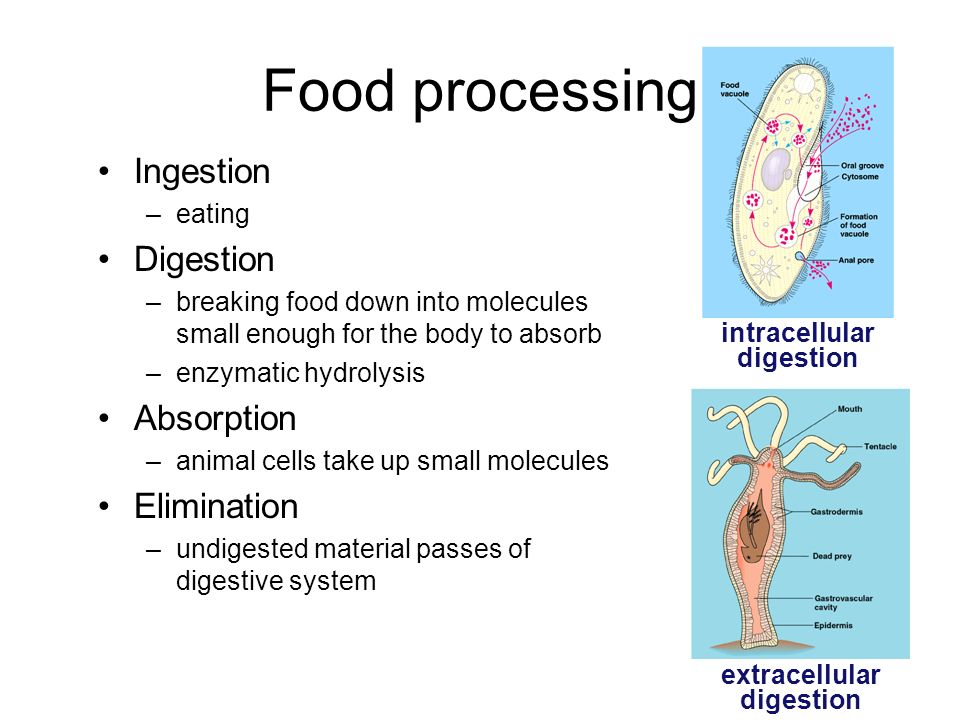
Rectum
The rectum is the last section of the large intestine that ends at the anus. The stool consists of a certain portion of undigested and unabsorbed food (eg fiber like cellulose, etc.), microbial biomass and water. Despite the fact that cellulose has no energy value, it contributes to intestinal peristalsis and the movement of food mass through the intestines. When intestinal contents move from the colon to the rectum, the defecation reflex occurs. 100-200 g of feces are produced daily. Most of the composition of feces is water.
The number of bowel movements increases with the consumption of whole grains, bran, vegetables and fruits. The reproduction of favorable microflora in the colon is most facilitated by water-soluble fiber (pectin, oligo- and polysaccharides, such as fructoligosaccharides, modified starch, arabinoxylans, galactoligosaccharides, etc.), which are most found in oats, rye, barley, vegetables, fruits and berries.
In some diseases, there may be problems with the absorption of water in the intestines, which manifests itself in the form of diarrhea.